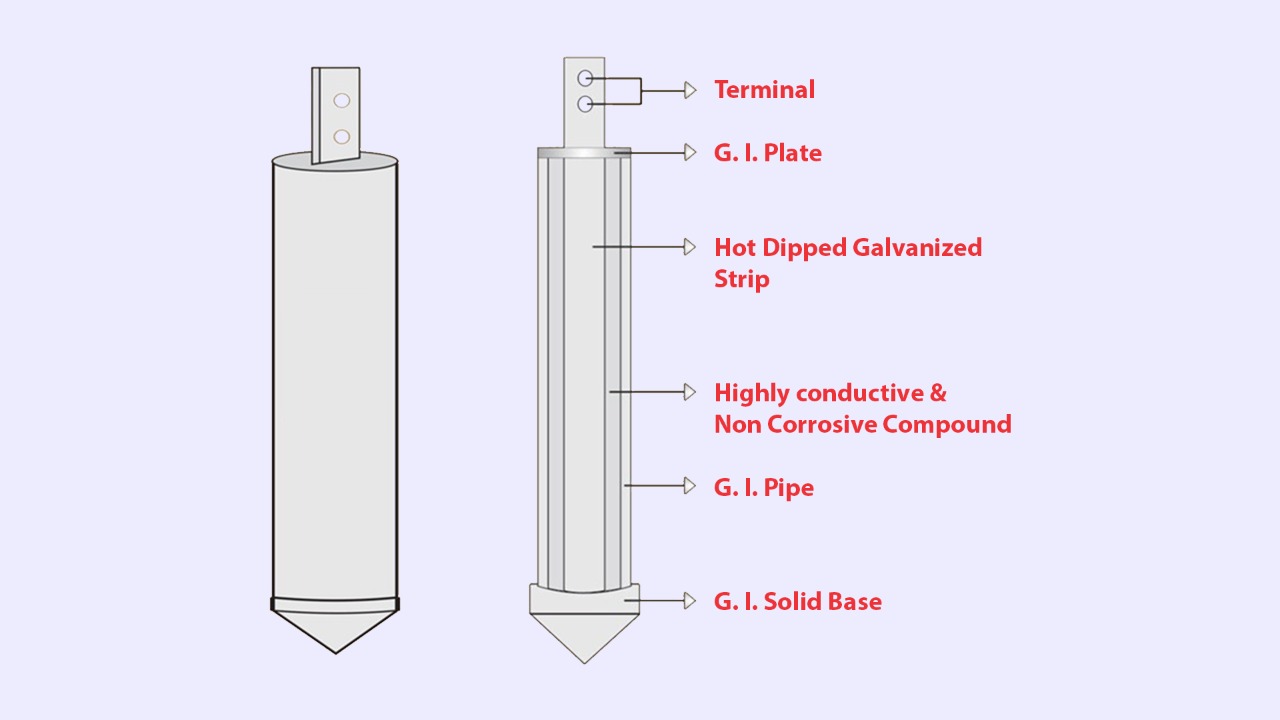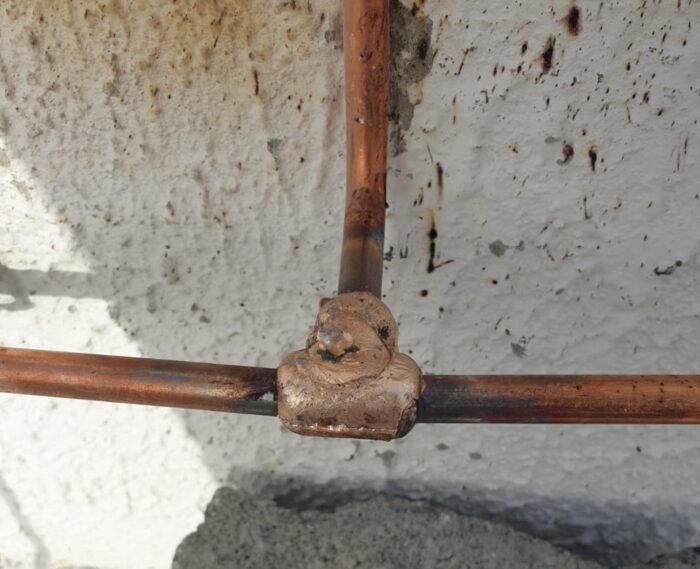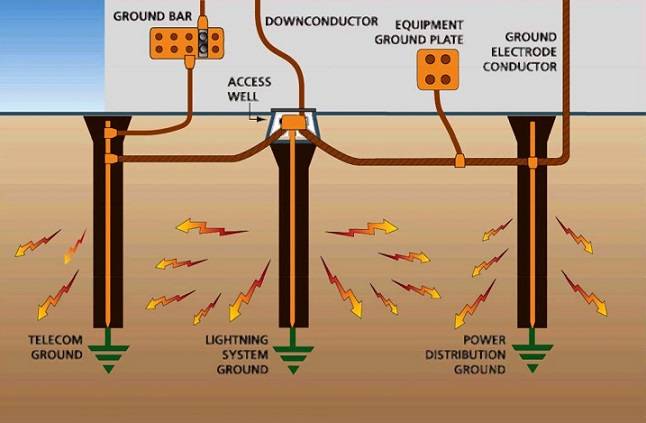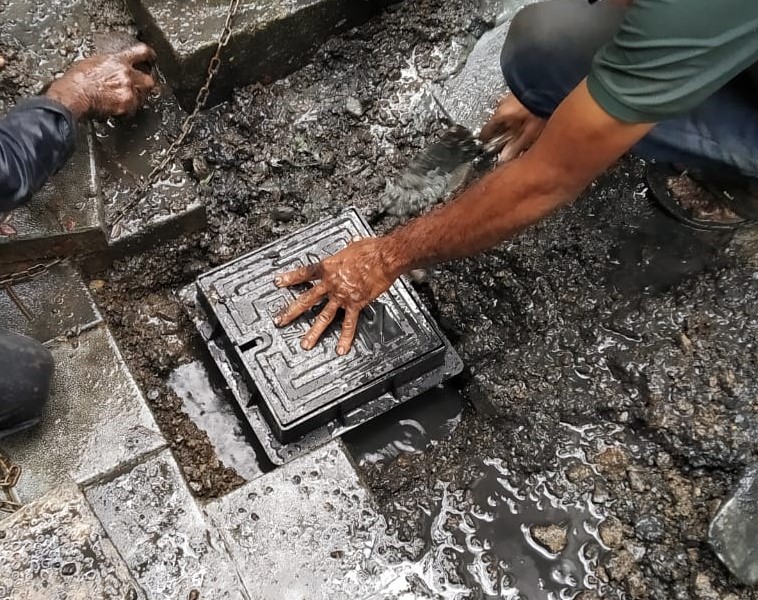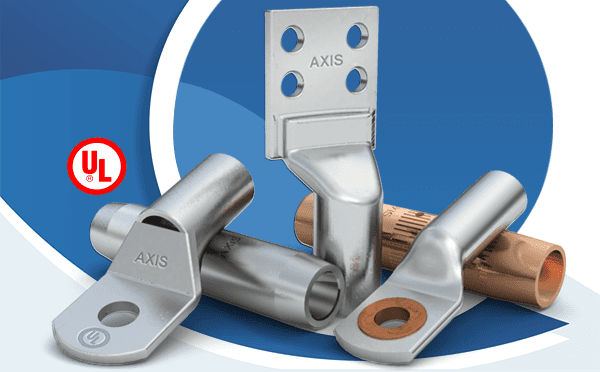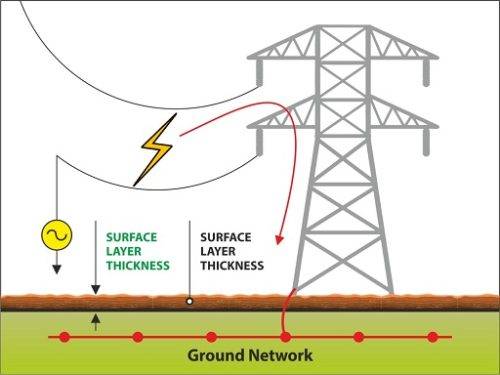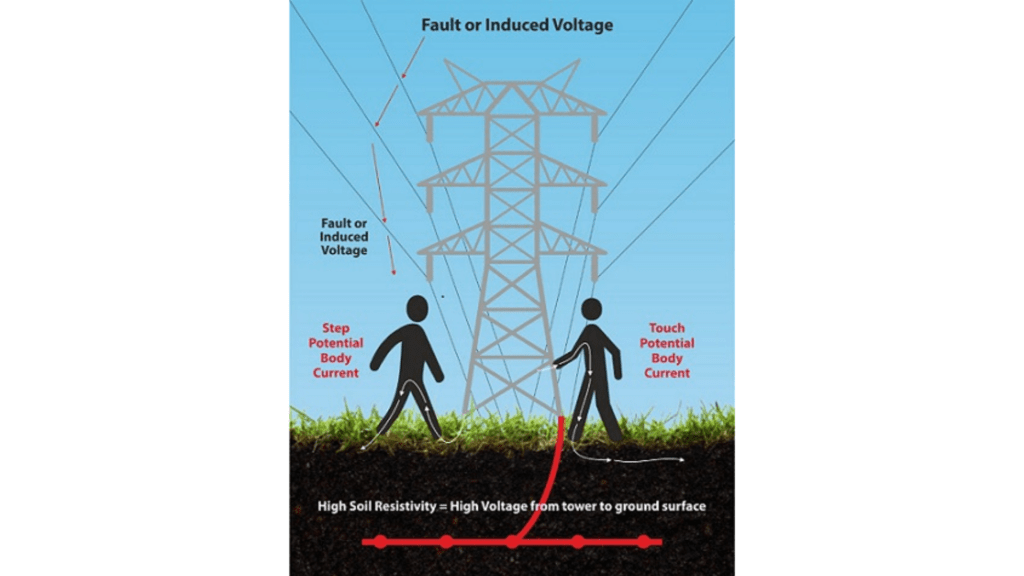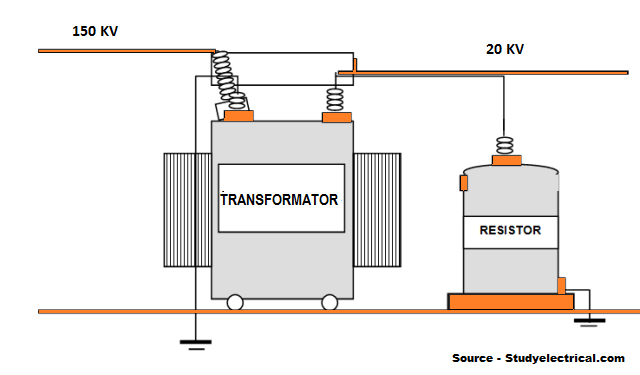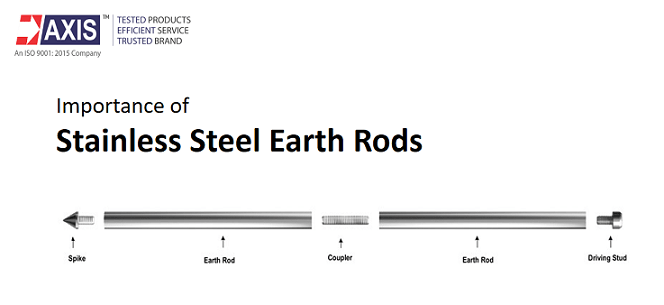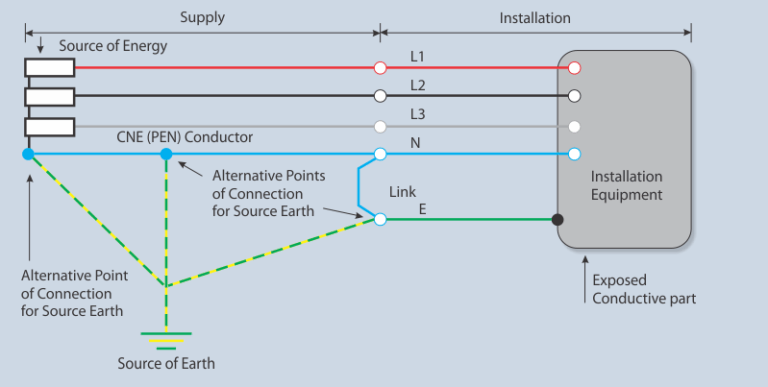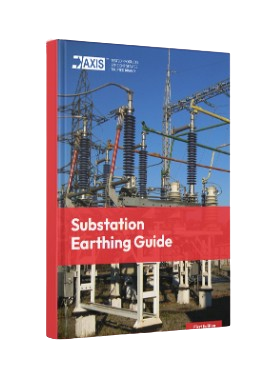Expert Electrical
Engineering Articles
- Home
- Blog
What is Maintenance Free Earthing?
Earthing, also known as grounding, is the practice of transferring electrical charges to the ground through low-resistance cables or rods to quickly discharge any stored energy. There are two main types of earthing: maintenance-free earthing and
Read MoreHow to Use Exothermic Welding?
Exothermic welding, also known as exothermic bonding, thermite welding (TW), and thermit welding, is a welding technique that permanently joins conductors using molten metal. An exothermic reaction of a thermite composition heats the metal, and no external source of heat or current is required. An aluminothermic reaction between aluminium powder ...
Role of Down Conductors in Lightning Protection
The electrically conductive connection between the air-termination system and the earth-termination system is the down conductor system. The purpose of down-conductor systems is to safely transport intercepted lightning current to the earth-termination system without causing excessive temperature spikes that could harm the structure. It must be mounted to ensure that ...
Earth Pit – Technical Aspects & Construction
An Earth Pit is a type of enclosure used in earthing systems to access and maintain the earth electrodes and other components of the earthing system. It is a type of underground box, typically made of reinforced concrete, that is installed at the site of the earthing system. The Earth ...
Lugs – Types, Applications and Features
Scope of Electrical Lugs A cable lug also known as a cable terminal is a component of an electrical device that connects the cable to the device terminals. It simplifies the assembly of personnel, maintenance, and repair processes. A cable lug or connector is used when a permanent connection is ...
Ground Potential Rise Study
Scope: The result of a ground electrode impedance, referenced to remote earth, and the current that flows through that electrode impedance is known as Ground Potential Rise or Earth Potential Rise (as specified in IEEE Standard 367). The maximum electrical potential that a (substation) grounding grid can achieve relative to ...
What are Touch and Step Potential Requirements?
To grasp the concept of step and touch potential as per IEC 62305-3 (EN 62305-3) How energy dissipates over conductive objects. Some good conductors exist that provide a path to the ground during broken pole or downed wire conditions, such as metal fences, damp soil, and puddles. Other conductors, such ...
Essentials of Neutral Grounding System
Objective: Indian Standard IS: 3043 – 2018 says the following: Earthing refers to the complications which arise when electricity conducts via the ground. The terms earth and earthing here are used whether (or not) the earth is employed as a low impedance ...
Importance of Stainless Steel Earth Rods
Scope: Earth rods constructed of austenitic stainless steel according to British specifications. Stainless steel rods are comparable to copper rods; however, they are more anodic than copper and can be used when galvanic corrosion is a concern. The current carrying capacity of stainless-steel rods is lesser as compared to copper. ...
What is TT Earthing System? Detailed Explanation
Scope Over the last century, electrical safety standards have evolved into very sophisticated systems that encompass all components of a safe installation, including TT Earthing Systems and other types in the category. In Low-voltage (LV) Electrical Installations, the reference standard IEC 60364 is used to determine the actions to ...

